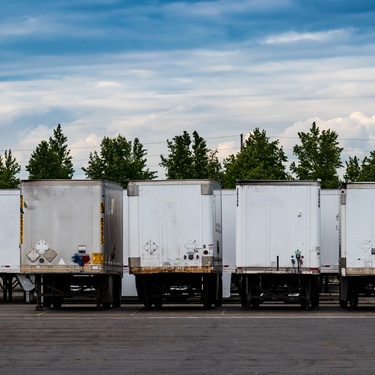
Managing power in colocation facilities is no small task, and it can often feel overwhelming. With businesses increasingly relying on colocation centers to house their critical IT infrastructure, it’s imperative to adopt strategies that ensure efficiency, reliability, and scalability. Read on as we delve into the best practices for managing power in colocation facilities so you can work smarter, not harder.
Creating an Energy-Efficient Environment
One key aspect of managing power in colocation facilities is improving energy efficiency. Properly designed cooling systems, such as hot and cold aisle containment, reduce unnecessary heat buildup and optimize air circulation.
Implementing advanced lighting controls and energy-efficient server hardware can significantly reduce power consumption. By doing this, operators who focus on energy efficiency can enjoy reduced operating costs, improved sustainability, and compliance with strict energy regulations without a substantial financial investment.
Understanding Equipment Compatibility
Different types of IT equipment may have varying power requirements, and facilities must meet these demands without compromising stability and quality. An area that often confuses people is the difference between various NEMA connectors, especially when working with diverse equipment. Understanding the specifications and applications of these power connectors helps operators ensure the right setup for every client, regardless of the requirements. This also minimizes downtime and protects equipment from electrical faults, ultimately improving reliability and client satisfaction.
Monitoring and Managing Power Usage
Keeping a close eye on power usage is critical for balancing load distribution and maintaining uptime. Advanced power usage effectiveness (PUE) metrics, combined with intelligent monitoring solutions, enable operators to analyze energy consumption in real time. This data forms the foundation for proactive decision-making, allowing technicians to identify energy inefficiencies before they escalate. Modern systems can even generate predictive insights, allowing facilities to optimize energy allocation in anticipation of future peaks.
Planning for Scalability
Scalability is one of the most important factors to consider in ensuring colocation facilities can keep up with client growth. As businesses constantly expand their operations, their need for computing and storage also grows. Proper power management systems should not only handle current demands but also allow for effortless scaling as requirements increase. Modular systems, alongside effective planning, ensure that adding additional capacity is convenient and cost-effective without disrupting existing setups.
Building a Scalable yet Reliable Facility
Implementing the best practices for managing power in colocation facilities ensures these facilities remain efficient, reliable, and capable of scaling alongside growing technology demands. With careful attention to energy efficiency, equipment compatibility, power monitoring, and scalability, both operators and their clients can thrive in today’s fast-paced digital economy. By adopting smarter strategies and leveraging the right tools, colocation facilities can cement their role as the backbone of modern IT infrastructure.
Bio: Casey is a passionate copyeditor highly motivated to provide compelling SEO content in the digital marketing space. Her expertise includes a vast range of industries from highly technical, consumer, and lifestyle-based, with an emphasis on attention to detail and readability.




















